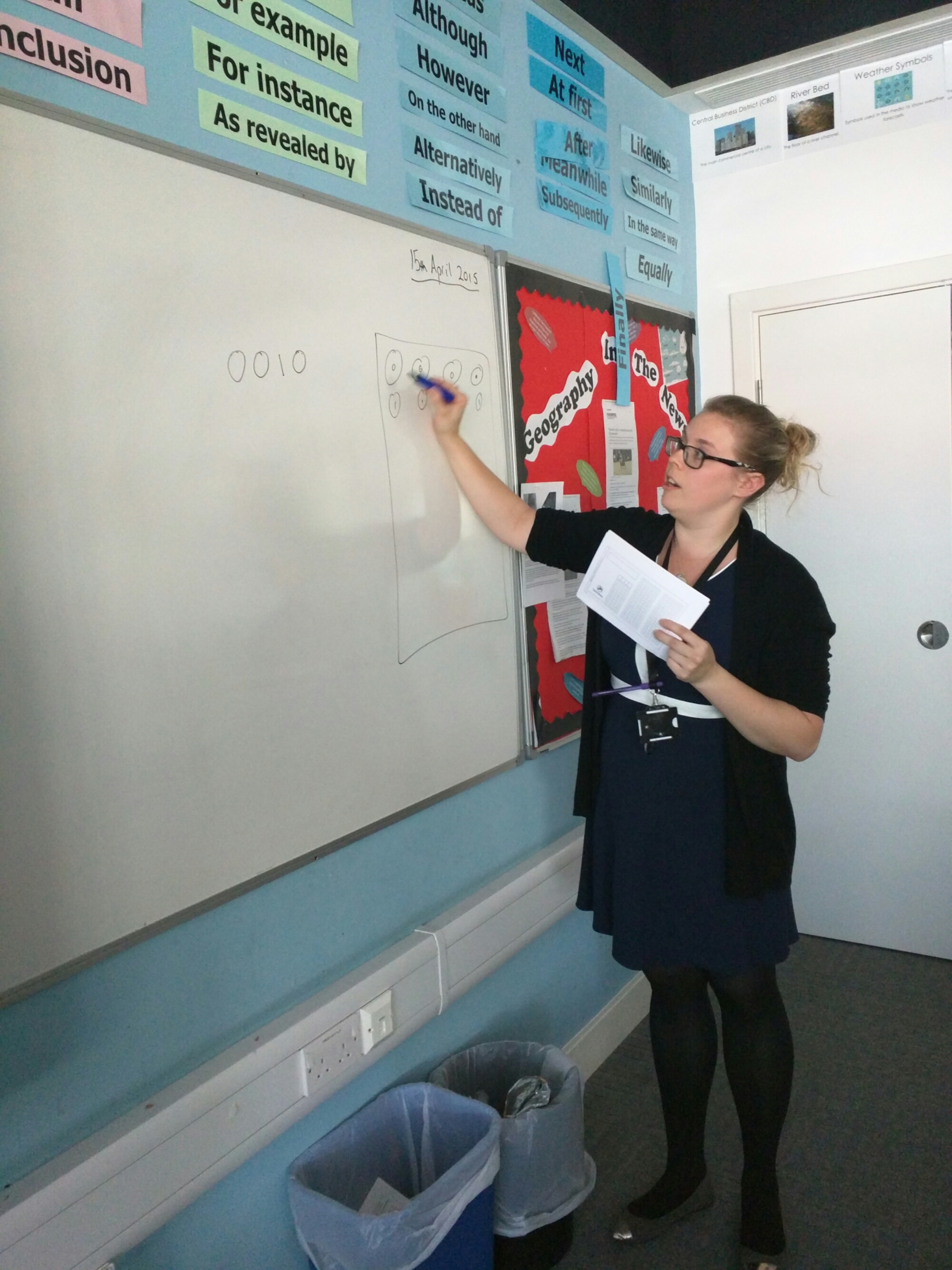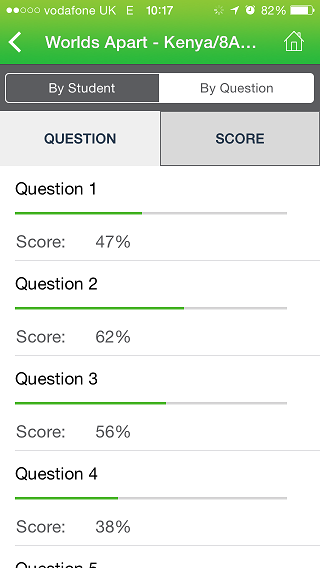As we move to a Kay Stage 3 curriculum without levels, teachers across the land are devising learning “journeys” with appropriate assessment activities. Complete with…
…lessons rich in assessment opportunities in the short term that progressively build towards agreed standards.
Meanwhile, back at the rockface, together with a handful of staff at The Wellington Academy we have been looking for assessment strategies to provide fast and informative feedback to pupils that does not get in the way of teaching. We were quite clear from the outset. We were looking for an assessment strategy that would provided accurate and focused information about pupils knowledge (attainment) that could be used by teachers, pupils, or their peers, to make informed and decisive decisions about the next steps in teaching. Assessment strategies that bring pupils “back to the content of the curriculum.” Assessment strategies that are significantly more work for the recipient (pupil) than the donor (teacher).
We think that Multiple Choice Questions with QuickKey is our solution. Not only is the assessment process fast, we think 3o questions marked in less then 3 seconds (with the classroom lights off) is fast, we think the answer analytics provides invaluable information for teachers about a) the effectiveness of their teaching and b) the understanding of their pupils and c) the question level difficulty. Further more, with QuickKey already developing 100 question response tickets, it might offer part of an extended assessment strategy too.
Today, I was invited to see Miss Granger introduce her second Y8 class to a QuickKey assessment on Kenya. It was a real privilege to watch Miss Granger with her class today. Taking a leap of faith into unchartered territory. Hence, over to Miss Granger, Geography teacher and QuickKey explorer.
Current Aims:
- Trial creating a QuickKey quiz and ghost marking with two year 8 classes for the first week back after Easter.
- Develop end of unit tests for each year if applicable.
Positive observations:
- You can reorder the questions – drag and drop is useful.
- You do not need to have five answers for each question.
- You can add images as sources – great for visual subjects, maps, identifying skills.
- QuickKey prints your quiz (and an answer key).
Queries for QuickKey:
Walter (@4_teachers) can you help with Miss Granger’s questions?
- Can you edit the layout of the test print? Should the option answers go across the page like the blobs on the response ticket.
- Why is the printing of the test hidden under the edit menu? This confused me?
- Sometimes it recognises that not all of the answer fields are filled in so it will not print them. However this is not consistent?
- How do I print an answer sheet? – This took me a long time to work out as it is not near to where you print the test sheets.
- Can you export the student IDs so as to be able to give them out to the students?
- Can you remove a single error scan of a pupil quiz?
- I can’t see a space to assign a student to a class. This would be useful to be able to assign a whole class to a course and then analyse results by class.

I was so impressed by Miss Granger and her class today. Her patience and thorough explanation of how to complete the response ticket or Quick Ticket. Drawing the Quick Ticket out of the board, modelling filling it in, meant that there were very few queries or errors preparing the Quick Ticket. Outlining that the lozenges started at zero and not one, also helped. That said, I agree with Miss Granger, the ability to print pre-loaded Quick Ticket would help. Interesting Miss Grainer directed the pupils to show all their “thinking” of the question sheet (printed directly from Quick Key), striking off their discounted answers or identifying their preferred responses on the question sheet, before transferring their selected answer to the Quick Ticket.
So I wrote back to Miss Grainer that afternoon.
What really impressed me was the improvements made to the iOS App. It has really come on, speed up. With the class lights off, almost all the quizzes scanned first time, ironically in a flash. Pupils were surprised (and many pleased) to get their feedback / scores right there and then, even if it was just their total. Within just a few touches, a personalised scoresheet is available.
<iframe src=”https://player.vimeo.com/video/123032169″ width=”500″ height=”312″ frameborder=”0″ webkitallowfullscreen mozallowfullscreen allowfullscreen></iframe>
Having to go back to the find the corrections (ghost marking) a very productive learning task for the fast finishers, a great extension task too. I wonder if we could get the option of accessing the deeper analytics directly from the “scanned” response on the phone for each pupil? Although it looks like we can from the video below.
 What your lesson showed me was how quickly a quiz / assessment could be undertaken and marked, within a fifty minute lesson. Some of your thoughts on writing the quiz, and your thoughts on the analytics would be very interesting as we develop our use of Quick Key. How are we going to support the learning of Question 4, for example? What the analystics showed us was, a) the Term 1 learning on the topic of Kenya was not secure. Off to write a blog post in your honour…
What your lesson showed me was how quickly a quiz / assessment could be undertaken and marked, within a fifty minute lesson. Some of your thoughts on writing the quiz, and your thoughts on the analytics would be very interesting as we develop our use of Quick Key. How are we going to support the learning of Question 4, for example? What the analystics showed us was, a) the Term 1 learning on the topic of Kenya was not secure. Off to write a blog post in your honour…
Walter Duncan, is the teacher creator of Quick Key. Never too far from a Twitter conversation about Quick Key, he is extraordinarily responsive to fellow teachers ideas and suggested improvements for the app. In saying that publically, I do hope he responds… I know he will.
[qr_code_display]


